This article was co-authored by Chris M. Matsko, MD. Dr. Chris M. Matsko is a retired physician based in Pittsburgh, Pennsylvania. With over 25 years of medical research experience, Dr. Matsko was awarded the Pittsburgh Cornell University Leadership Award for Excellence. He holds a BS in Nutritional Science from Cornell University and an MD from the Temple University School of Medicine in 2007. Dr. Matsko earned a Research Writing Certification from the American Medical Writers Association (AMWA) in 2016 and a Medical Writing & Editing Certification from the University of Chicago in 2017.
There are 12 references cited in this article, which can be found at the bottom of the page.
This article has been viewed 82,391 times.
There are times when you cut yourself or fall and scrape an area of your skin. If this wound bleeds, you need to treat it as soon as possible to help stop blood loss and prevent the possibility of infection. Follow a few simple steps to learn to quickly clean a cut or scrap that is bleeding.
Steps
Preparing the Wound
-
1Rinse your wound. As soon as you injure yourself, wash out the wound with water. Find the nearest source of running water and stick the wound underneath it to wash away the blood. This will also help remove any foreign objects that might have gotten into a cut when you injured it or ground into an abrasion when you scraped it, such as dirt. It will also help wash away any microscopic bacteria that might have gotten into the wound when you broke the skin.[1]
- Rinse your wound for a while, making sure at least two liters of flowing water have passed over your wound.
- If you don't have running water, cleanse the wound with antibacterial wash or gel.[2]
-
2Stop the bleeding. Immediately following your injury and once any debris or matter is removed, apply pressure to the wound to stop the bleeding. Use a clean towel, cloth, or garment on the wound. Ball a portion of the fabric to lie directly over the wound and apply pressure. Continue to apply pressure for seven to ten minutes, which is the normal rate of blood flow on superficial wounds.[3] Resist the temptation to check on the wound because that will remove the clot and blood flow will begin again.[4]
- If you have a first aid kit, use sterile gauze from the kit to put pressure on the wound instead of cloth.
Advertisement -
3Handle excessive blood flow. If the blood is pulsing or squirting from the wound or if the dressing where you are applying pressure becomes soaked with blood, go to the nearest emergency room immediately. With these symptoms, you may need stitches or staples to close the wound and stop the bleeding. You may also have a small bleeding arteriole that needs to be tied off individually with sutures to stop the bleeding.[5]
- If you know the person is taking blood thinners, take them to an emergency room right away, especially if the wound is on their head.
- If the wound is greater than 1 centimeter (0.39 in) deep, it will require sutures or stitches.[6]
-
4Make a tourniquet. There are some cases that need extra preparation before you seek medical care. If your wound is 4cm to 5cm deep, you need to make a tourniquet to stop the bleeding before you seek medical care. Keep the cloth over the wound while you apply pressure. Use another piece of cloth or towel and place it above the wound. Wrap it around the injured area and tie it tightly above the wound, cutting off the circulation to the wound.[7]
- The tourniquet is considered above the wound if it is between the wound and the area of your body closest to the heart. For example, if you have a bad cut on your lower leg, you need to tie the tourniquet closer to your knee than near your foot.
- Certain body parts are highly vascular and will bleed profusely when cut, such as the scalp. If you have sustained a large cut on the scalp, go directly to the emergency room, as they bleed readily.[8]
Cleaning the Wound
-
1Inspect the wound. You need to inspect the wound once it stops bleeding. Get to the cleanest, safest area that you can. You don't want to risk infection from environmental contaminants. Examine the wound to figure out how deep it is. If it is less than 1cm, you do not need to seek outside medical help and you can continue to clean the wound on your own.[9]
- If it looks deeper than 1cm, you will need stitches, even if the blood stopped flowing. Reapply the pressure dressing and seek medical attention as soon as possible.
- If you have a large area of abrasion, which is greater than 12 cm by 12 cm, with a significant amount of particulate matter, seek medical attention as well so the area can be appropriately cleansed. That much debris will cause infection if not removed. This can be done by a doctor under local anesthesia.[10]
- If the wound is dirty or caused by something rusty and it has been more than 10 years since your last tetanus shot, you will need a tetanus shot right away.[11]
-
2Be wary of puncture wounds and animal bites. Wounds can be misleading. Small wounds, such as puncture wounds, may seem small but they can be quite deep and are often full of bacteria. They also often become infected. This is particularly true of animal or human bites, so always seek medical attention for this kind of wound.[12] Bacteria that live in the mouths of humans, cats, dogs, and other animals contain pasteurella and other virulent bacteria that can lead you from a small bite to the operating room within 24 hours.[13]
- This is also true of fight bites, which are incurred during a fist fight. When one individual hits another in the mouth and gets accidentally bitten by the others teeth, the wounds are also particularly prone to infection.
- A bite may need to be treated with prescription antibiotics to prevent infection. Make sure you go to the doctor or emergency room to deal with bites.
-
3Rinse the wound again. If your wound does not need medical care, you can take care of it at home. Rinse the wound with warm water to remove the excess blood.[14] This may disrupt clotted blood and the wound may ooze or begin bleeding again.[15]
- This is normal and shows that there is no significant vascular damage to contend with and the bleeding will stop again after cleansing.
-
4Clean the wound. Once you rinse your wound of the initial blood, you can clean the wound. First, wash your hands with soap and hot water. This will help prevent contamination of the wound and help stop infection. Next, soak a gauze or clean cloth in a providone-Iodine solution such as Betadine. This will kill any bacteria that you will have encountered when your skin broke. Once you clean the wound with the solution, pat it dry with sterile gauze or a clean cloth.[16]
- If irrigation of the wound did not get out all of the debris in the wound, such as twigs, thorns, or pebbles, use tweezers to very carefully pull out the remaining debris. Do not probe the wound because you could injure yourself further.
- If you don't have any providone-Iodine solution, you can use any antiseptic wash that is used on open wounds. If you don't have any solution at all, you can rinse the wound out for an additional amount of time to ensure it is cleaned as well as possible.
-
5Bandage the wound. Once your wound has been adequately rinsed and cleaned, you need to bandage it to keep it protected. First, apply antibacterial ointment such as Neosporin to the wound with gauze, a cotton ball, or a Q-tip. Next, if your wound is small and superficial, use a band-aid to cover the wound. If it is larger, grab a fresh set of gauze and medical tape from your first aid kit. Place the gauze over the wound and secure the edges of the bandage with tape. This will keep debris out.[17]
- If you do not have gauze and medical tape, you need to purchase wound supplies at the drug store or pharmacy. The wound needs to be bandaged properly with sterile supplies in order to prevent infection.
- If the wound is over a flexible joint, buy rolled gauze to make it more easily managed and the bandage more secure.
-
6Look for signs of infection. After your initial dressing, perform the cleansing and dressing ritual daily. When you are cleaning the wound, you need to look for signs of infection. These include redness at the wound edges, especially if the wound area expands from one day to the next, drainage or pus on the wound, and a fever. As long as no signs of infection present themselves, your wound should heal within a two to three week time frame.[18]
- Lower extremity wounds or wounds on those who are obese may take on the longer to heal.
References
- ↑ https://www.aafp.org/afp/2002/0715/p315.html
- ↑ Hoffman, R, EJ Benz Jr., and LE Heslop, Hematology Basic Principles and Practice, Laboratory Evaluation of Hemostatic and Thrombotic Disorders
- ↑ https://www.urmc.rochester.edu/encyclopedia/content.aspx?contenttypeid=1&contentid=2978
- ↑ Hoffman, R, EJ Benz Jr., and LE Heslop, Hematology Basic Principles and Practice, Laboratory Evaluation of Hemostatic and Thrombotic Disorders
- ↑ https://www.urmc.rochester.edu/encyclopedia/content.aspx?contenttypeid=1&contentid=2978
- ↑ Hoffman, R, EJ Benz Jr., and LE Heslop, Hematology Basic Principles and Practice, Laboratory Evaluation of Hemostatic and Thrombotic Disorders
- ↑ https://firstaidforlife.org.uk/tourniquets/
- ↑ Hoffman, R, EJ Benz Jr., and LE Heslop, Hematology Basic Principles and Practice, Laboratory Evaluation of Hemostatic and Thrombotic Disorders
- ↑ https://intermountainhealthcare.org/blogs/topics/intermountain-moms/2017/06/does-your-cut-need-stitches/
- ↑ Hoffman, R, EJ Benz Jr., and LE Heslop, Hematology Basic Principles and Practice, Laboratory Evaluation of Hemostatic and Thrombotic Disorders
- ↑ https://www.aad.org/public/everyday-care/injured-skin/burns/treat-minor-cuts
- ↑ https://medlineplus.gov/ency/patientinstructions/000734.htm
- ↑ Abrahamian, Frederick, and Ellie JC Goldstein, Microbiology of Animal Bite Wound Infections, Clinical Microbiology Review 2011, April 24 (2), 231-246
- ↑ Kapur, Vanita, and Anil Kumar Marwaha, Comparison of super-oxidized solution versus Betadine, Indian Journal of Surgery, 2011 Jan 73 (1) 48-53.
- ↑ https://www.nhs.uk/common-health-questions/accidents-first-aid-and-treatments/how-do-i-clean-a-wound/
- ↑ https://www.nhs.uk/common-health-questions/accidents-first-aid-and-treatments/how-do-i-clean-a-wound/
- ↑ https://www.nhs.uk/common-health-questions/accidents-first-aid-and-treatments/how-do-i-apply-a-bandage/
- ↑ https://www.nhs.uk/conditions/cuts-and-grazes/
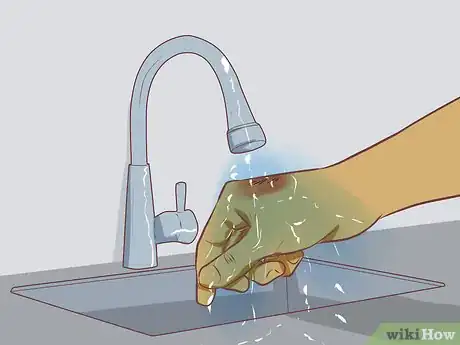
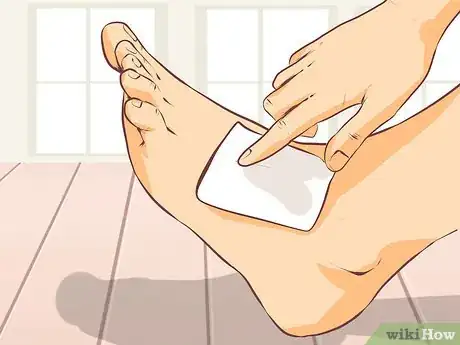

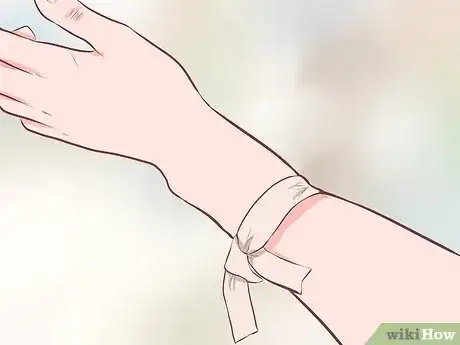
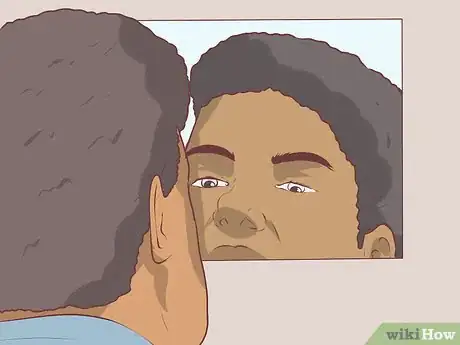
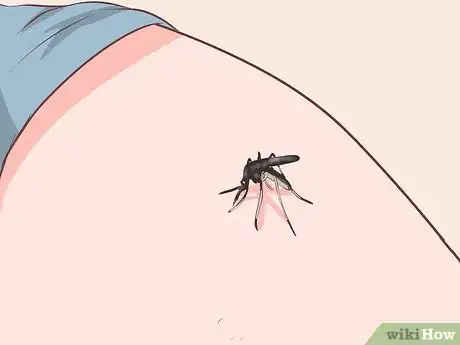
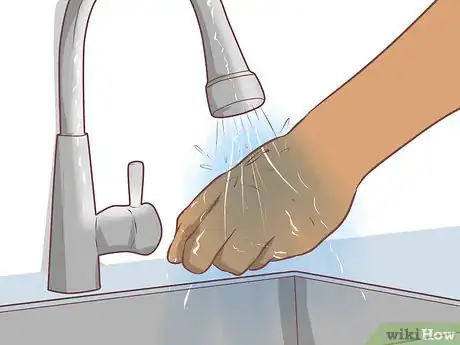
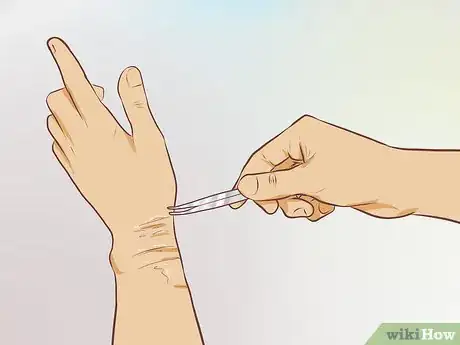
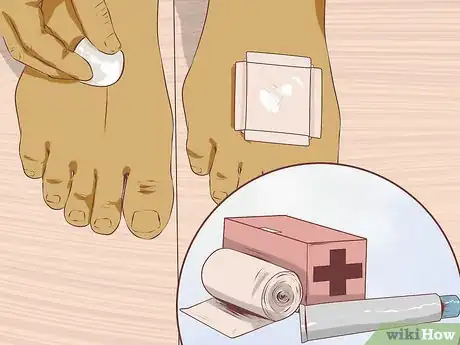
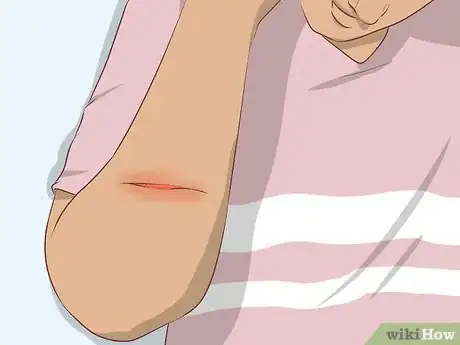




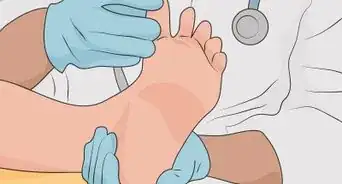
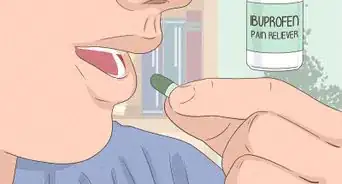
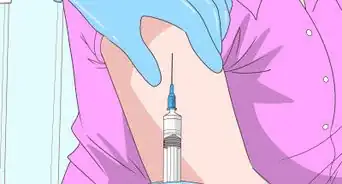

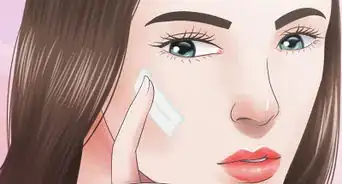
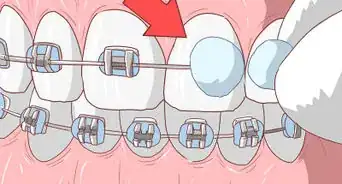
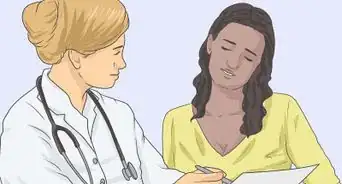
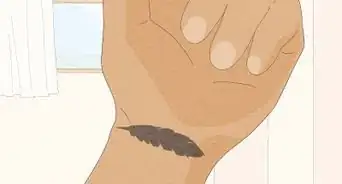

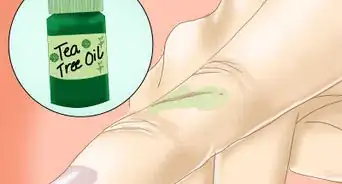











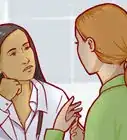




































Medical Disclaimer
The content of this article is not intended to be a substitute for professional medical advice, examination, diagnosis, or treatment. You should always contact your doctor or other qualified healthcare professional before starting, changing, or stopping any kind of health treatment.
Read More...